Vuelta's first major summit finish to provide early sort-out – Preview
12km ascent to Puerto de Alfacar will be toughest challenge so far
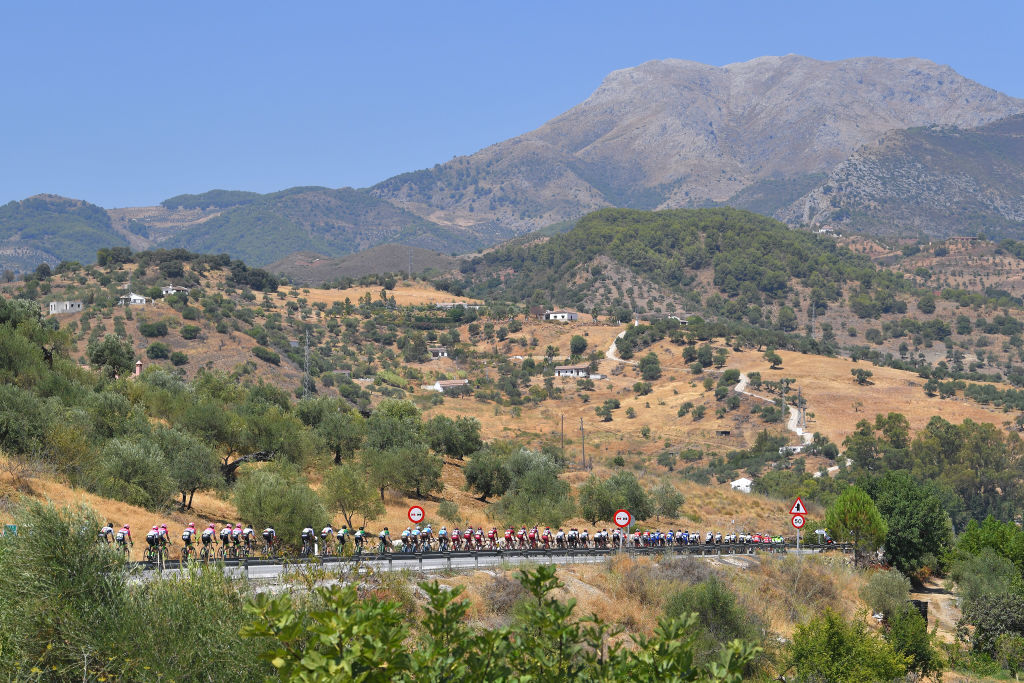
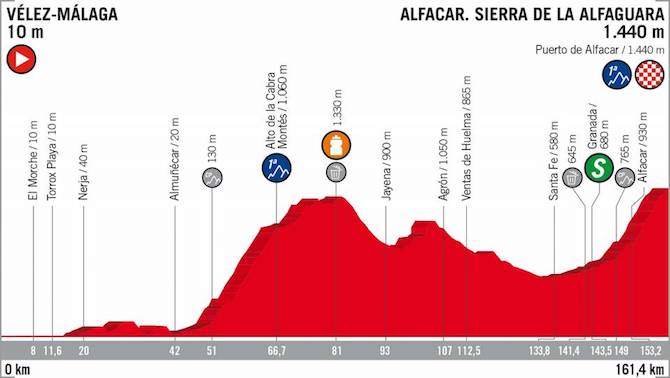
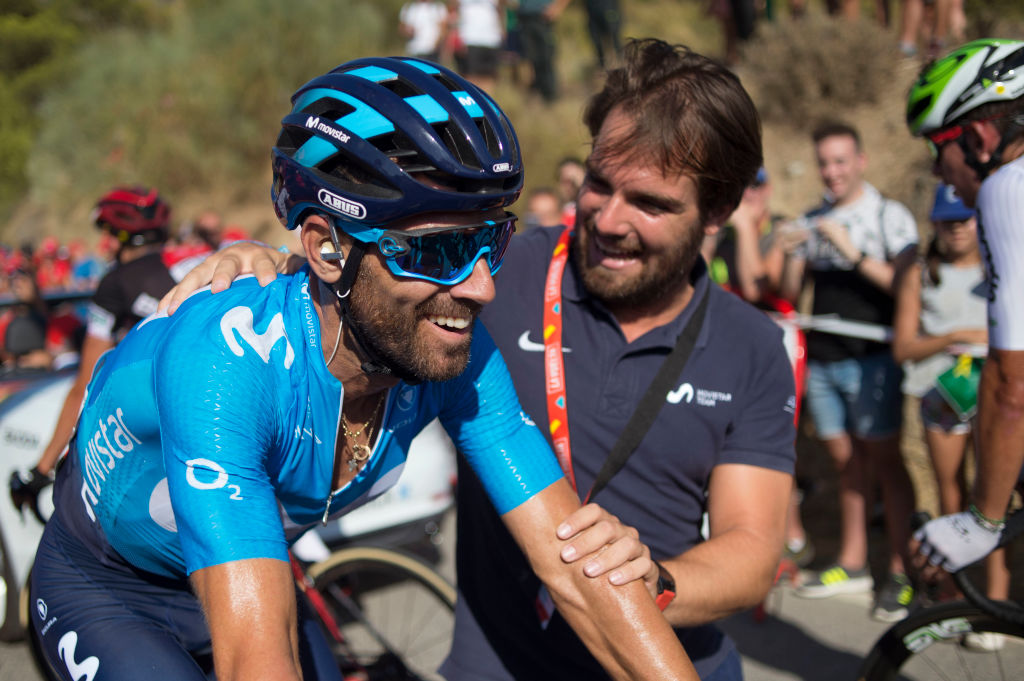
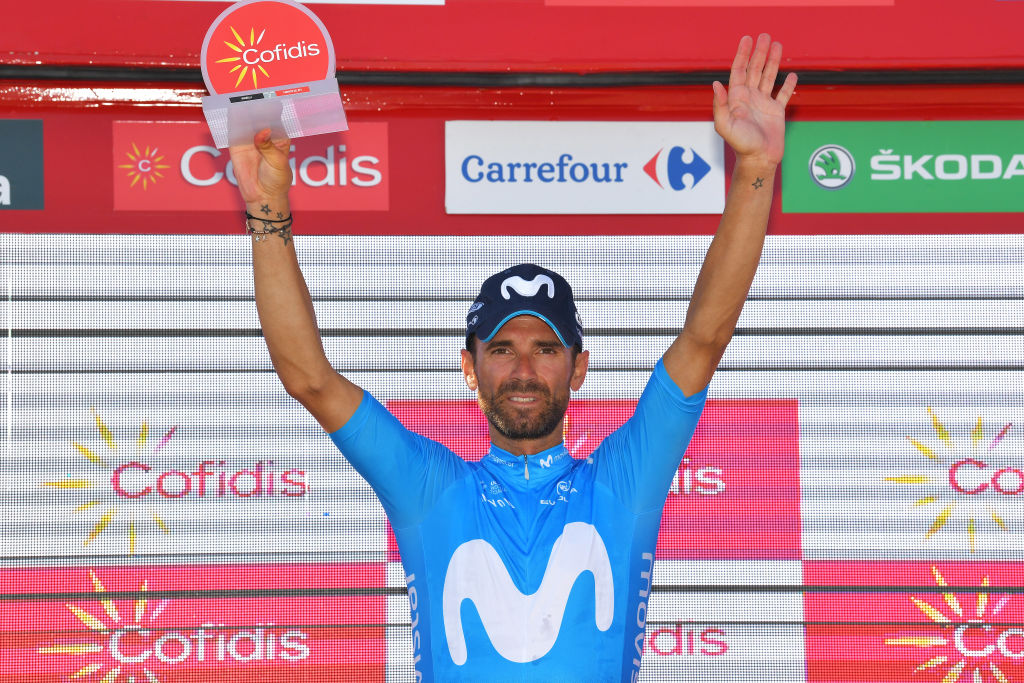
After the cols of Andorra in 2017, and the gut-wrenchingly steep Mirador de Ezaro the year before that, the Vuelta a España organisers have once again decided to test the GC favourites' climbing legs early in the first week – this time with a first-time ascent to the Puerto de Alfacar in the sierras of Alfaguara, overlooking the city of Granada, on stage 4 on Tuesday.
Valverde: I'm a free agent at the Vuelta a Espana
Valverde shows flying form with 10th Vuelta a Espana stage win
Vuelta a Espana: Viviani wins stage 3 sprint
Kwiatkowski: 'Tuesday is the Vuelta's first big mountain checkpoint'
Vuelta a Espana: Valverde and Quintana stay ahead and out of trouble during stage 3
Averaging a comparatively benign 5.4 per cent, as climbs go the Alfacar can be summed up in one word: odd. The 12km climb has three markedly different segments, starting out with a tricky series of switchbacks on an A road, then changing to some difficult, technically challenging 'ramps' through the streets of Alfacar and another neighbouring town, Fuente Grande. Part three of the climb is a more straightforward series of medium-difficulty hairpins on a rock-strewn mountainside, on a road that flattens out notably near the summit as it reaches some dense woodland.
While the town of Alfacar is well known in the region for its excellent bread, and Fuente Grande for its natural spring water, these sierras are arguably most famous for a much bleaker reason: this was an area near Granada where hundreds, perhaps thousands, of Republican prisoners were summarily executed by General Franco's death squads during the 1936-39 Civil War.
The Vuelta's route comes within a few kilometres of the main area of mass graves where the bodies of those executed there in August 1936 are buried, including that of Spain's most famous poet, Federico García Lorca. It's just one area of unmarked Civil War graves of the some 120,000 murdered Republicans that remain throughout Spain.
On a more cheerful note, the Vuelta's ascent to Alfacar comes at the end of what is unquestionably the second hardest stage of the Vuelta's first week, with more than 3,300 metres of vertical climbing, prior to stage 9's ascent of the Covatilla, which has just over 4,000 metres of uphill.
The first challenge of the stage 4 is the category 1 ascent of La Cabra, which brings the riders inland from the Mediterranean coastline and which – technically – is 17 kilometres of steady uphill. The full ascent, on a narrow but not excessively steep mountain road, however, is much longer: 39 kilometres in total, from the coastal town of Almuñécar, 42 kilometres into the 161.4km-long stage, rising to 1,330 metres above sea level after 81 kilometres covered.
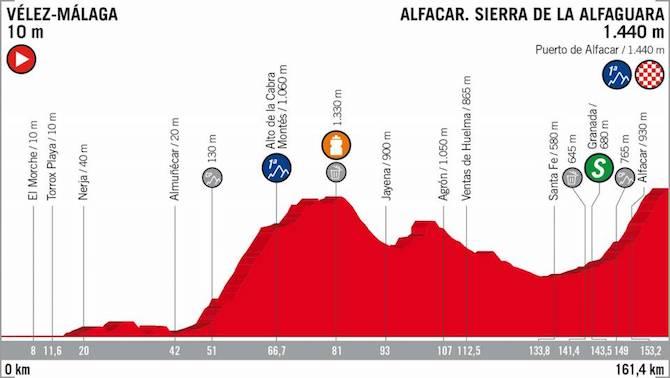
After that mammoth uphill slog comes a trek across the rolling high-altitude plateaus surrounding the Sierra Nevada mountains. After a couple of hours, the road begins to head upwards again, first very gently in the town of Santa Fe, with 141 kilometres of there stage covered.
An intermediate sprint in Granada follows soon afterwards, and in the city itself the route swings left, past the elegant Triunfo park and up a short cobbled section en route to the Puerto de Alfacar.
The approach is a long and rather boring one, consisting of a fairly gentle series of false flats on mainly broad A roads. But when the climb proper starts, swinging hard right and more steeply upwards after a roundabout, it's a different story.
Get The Leadout Newsletter
The latest race content, interviews, features, reviews and expert buying guides, direct to your inbox!
Although the road is wide, the early segment of hairpins zigzagging across a sun-bleached, exposed, barren hillside reach up to eight or nine per cent. The only relief will come from two brief sections of downhill, with the second being a steep, curving and technical drop off a motorway flyover, past a sports ground and funeral parlour.
But it's brief. After a narrow technical section, the route bounces back upwards through Alfacar's old quarter on a narrow street, and then moves onto the steepest part of the climb. The ramps here in Alfacar reach 11 and 12 per cent on painfully sharp hairpins between newly built reams of residential buildings, which are highly likely to split the peloton.
The local favourite to raise his arms at the summit is – by a long chalk – Alejandro Valverde (Movistar). Even before the Vuelta had started, the man from Murcia's name was the only rider to have Alfacar con Valverde (Alfacar with Valverde) daubed all over the climb by the local fans.
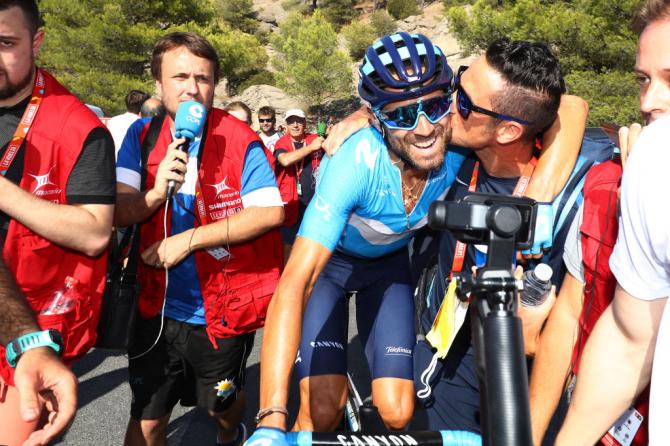
History is on his side, too: five years ago, on the other side of the Granada mountains, on a shorter, but equally harsh ascent in La Zubia, Valverde won the stage.
After three kilometres of this painfully irregular series of steep ramps and bends through Alfacar and the next town of Fuente Grande, the route finally hauls itself out of the two conjoined towns and swings left onto much more level terrain.
Contouring around the side of the sierra for about half a kilometre, a gentle curve right at a junction then takes the race into the final section of the ascent, up towards a mountain hostel in the woods and sierras above Alfacar.
Although not excessively hard, or steep, the narrowness of the road on this third part of the climb, and the seemingly endless series of uphill hairpin bends that follow, could well inspire a late attack.
Timing is crucial here: wait too long and the gradually easing gradient, dropping down from seven to three per cent as the road straightens out with about two kilometres to go, will make it much harder to go clear.
A final little kick up to the hostel itself right at the top of the climb will hurt after such a long day in the saddle, but if a group of 20 or so riders have reached here, as Valverde predicted after winning stage two, the course will favour a fast uphill finisher rather than an out-and-out climber.
Valverde may be the local favourite, but others like Dan Martin (UAE Team Emirates), Simon Yates (Mitchelton-Scott), Groupama-FDJ's Thibaut Pinot or Dylan Teuns (BMC Racing) could well have a chance to snatch the victory.
Overall, at least one of the overall contenders is likely lose their chance to win the Vuelta here – just like in Andorra 12 months ago, when Alberto Contador fell off the GC wagon painfully early in the game.
This time around, when it comes to sorting out the mountain goats from the sheep, Alfacar is likely to prove implacable.
Alasdair Fotheringham has been reporting on cycling since 1991. He has covered every Tour de France since 1992 bar one, as well as numerous other bike races of all shapes and sizes, ranging from the Olympic Games in 2008 to the now sadly defunct Subida a Urkiola hill climb in Spain. As well as working for Cyclingnews, he has also written for The Independent, The Guardian, ProCycling, The Express and Reuters.
